From Realism to Abstraction: How Variety in Art Shapes Creativity
Sara Srifi
Fri Aug 15 2025

Explore the evolution of art from realism to abstraction and how artistic variety shapes creativity. Discover key movements, influential artists, and the cognitive and innovative benefits of engaging with diverse art styles.
The world of art has undergone a significant transformation over the centuries, evolving artistic expression and paving the way for creative freedom. The journey through art history reveals a fascinating narrative of innovation and experimentation.

As artists began to explore new techniques and styles, the boundaries of artistic expression expanded, giving rise to diverse forms of art. This evolution has not only shaped the art world but has also influenced the way we perceive and interact with art.
The shift from traditional realism to abstract forms of art has been a pivotal moment in art history, allowing artists to express themselves more freely and explore new dimensions of creative freedom.
Key Takeaways
- The evolution of art has led to a diverse range of artistic expressions.
- Artistic expression has been shaped by the freedom to experiment and innovate.
- The journey through art history highlights the significance of creative freedom.
- Abstract art has played a crucial role in expanding the boundaries of art.
- The variety in art has contributed to the richness of artistic expression.
The Historical Foundations of Artistic Expression
Artistic expression has its roots deeply embedded in human history. The earliest forms of art were primarily representational, serving as a means of communication, storytelling, and recording historical events.
Early Representational Art and Its Purpose
Early representational art, such as cave paintings and sculptures, was often used for symbolic or religious purposes. These artworks not only depicted the world around ancient cultures but also conveyed their beliefs, myths, and values. The use of representational art allowed early humans to connect with their environment and the divine.
The Evolution of Artistic Techniques Through History
As civilizations evolved, so did the techniques and mediums used in art. From the use of perspective in Renaissance art to the development of new materials and tools, artistic techniques have continuously adapted to the cultural, social, and technological advancements of their time. This evolution has enriched art history, providing a diverse and complex landscape of artistic expression.
The progression of artistic techniques has not only reflected the era in which they were developed but has also played a crucial role in shaping the course of art history. Understanding these developments is essential to appreciating the breadth of artistic expression.
The Rise of Realism in the 19th Century
The 19th century witnessed a significant shift in the art world with the emergence of realism, a movement that sought to depict everyday life in a truthful and accurate manner. This shift was characterized by a rejection of the idealized and romanticized representations that dominated the art scene at the time.
Defining Characteristics of Realist Art
Realist art is marked by its attention to detail and commitment to representing the world as it truly is. Realist artists focused on everyday life, often depicting scenes of rural labor, urban poverty, and the struggles of the working class. Their works were characterized by a sense of authenticity and a lack of embellishment.
Key Figures: Courbet, Millet, and Daumier
Artists such as Gustave Courbet, Jean-François Millet, and Honoré Daumier were instrumental in shaping the realist movement. Courbet's paintings, for example, often featured everyday people and landscapes, while Millet's works focused on the struggles of rural laborers. Daumier's caricatures and paintings critiqued the social and political status quo.
How Realism Challenged Artistic Conventions
Realism challenged traditional artistic conventions by rejecting the idealized representations that had dominated the art world for centuries. By focusing on everyday life and the struggles of the common people, realist artists expanded the scope of what was considered "artistic" and paved the way for future innovations.
| Artist | Notable Work | Contribution to Realism |
|---|---|---|
| Gustave Courbet | The Stone Breakers | Depiction of everyday labor |
| Jean-François Millet | The Gleaners | Representation of rural poverty |
| Honoré Daumier | The Third-Class Carriage | Critique of social inequality |
Impressionism: The First Step Away from Strict Realism
Impressionist artists pioneered a new way of capturing reality, focusing on the fleeting effects of light and color. This movement marked a significant shift away from the detailed realism that dominated the art world at the time.
Technical Innovations of Monet, Renoir, and Degas
Artists like Monet, Renoir, and Degas were at the forefront of Impressionism, introducing several technical innovations. They adopted a more spontaneous approach to painting, often working outdoors to capture the effects of natural light and color. This led to the development of short, broken brushstrokes and a focus on vivid, unblended colors.
Light, Color, and Momentary Perception
The Impressionists were fascinated by the way light affects our perception of the world. They sought to capture the fleeting moments of modern life, using color to convey a sense of immediacy and movement. This emphasis on light and color gave their works a dynamic, spontaneous feel.
| Artist | Innovation | Notable Work |
|---|---|---|
| Monet | Capturing light effects | Impression, Sunrise |
| Renoir | Depicting modern life | Dance at Le Moulin de la Galette |
| Degas | Innovative compositions | The Bellelli Family |
Expanding Creative Possibilities
Impressionism not only changed the way artists painted but also expanded the possibilities for creative expression. By focusing on light and color, and capturing the essence of modern life, the Impressionists paved the way for a wide range of subsequent art movements, from Expressionism to Abstract Art.
Post-Impressionism and the Path to Modernism
Artists like Van Gogh, Cézanne, and Gauguin pioneered Post-Impressionism, introducing new ways to express emotions and ideas. This movement was characterized by a distortion of form for expressive effect, emphasizing the artist's inner experience.
Post-Impressionism was not merely a continuation of Impressionism; it was a radical departure that laid the groundwork for a variety of modern art movements. The artists associated with this movement sought to break free from the conventions of representing reality.
Individual Expressions Beyond Impressionism
Post-Impressionist artists focused on their individual expressions, moving beyond the capture of light and color that defined Impressionism. They explored new techniques and styles, often emphasizing emotional intensity and personal symbolism.
Van Gogh, Cézanne, and Gauguin's Unique Approaches
Vincent Van Gogh is renowned for his bold, expressive brushwork and vivid color palette, as seen in works like "Starry Night." Paul Cézanne laid the groundwork for the transition from the 19th-century conception of artistic endeavor to a new and radically different world of art in the 20th century. Paul Gauguin introduced a new level of expressive freedom, often using bold colors and flat forms.
| Artist | Key Characteristics | Notable Works |
|---|---|---|
| Van Gogh | Expressive brushwork, vivid colors | "Starry Night," "Sunflowers" |
| Cézanne | Structured compositions, geometric forms | "Mont Sainte-Victoire," "The Bathers" |
| Gauguin | Bold colors, flat forms, primitivism | "Where Do We Come From? What Are We? Where Are We Going?," "The Vision After the Sermon" |
The Seeds of Abstraction in Post-Impressionist Work
The innovations of Post-Impressionist artists sowed the seeds for abstraction. By distorting form and emphasizing expressive qualities, these artists paved the way for a range of avant-garde movements, from Fauvism to Cubism and beyond.
Cubism and the Deconstruction of Form
Cubism emerged as a radical art movement, challenging long-held beliefs about representation and perception. This revolutionary style, pioneered by Pablo Picasso and Georges Braque, sought to break away from traditional techniques of perspective and representation.
Picasso, Braque, and the Birth of Cubism
The collaboration between Picasso and Braque led to the development of Cubism, characterized by its use of geometric shapes to depict objects. Their work fragmented traditional representations of reality, presenting multiple viewpoints within a single composition.
As Picasso noted, "Every act of creation is first an act of destruction." This mindset was pivotal in Cubism's departure from conventional art forms.
Multiple Perspectives and Geometric Abstraction
Cubism introduced a new visual language, employing geometric abstraction to convey complex forms. By presenting multiple perspectives simultaneously, Cubist artists challenged viewers to rethink their understanding of representation.
Cognitive Shifts Required to Create and Appreciate Cubism
The creation and appreciation of Cubist art required significant cognitive shifts. Artists had to reconceptualize objects in terms of geometric forms, while viewers had to adapt to a new way of seeing.
| Artist | Notable Work | Contribution to Cubism |
|---|---|---|
| Pablo Picasso | "Les Demoiselles d'Avignon" | Pioneered the Cubist movement |
| Georges Braque | "The Houses at L'Estaque" | Developed Cubism alongside Picasso |
The impact of Cubism was profound, influencing not only the visual arts but also literature and music. Its legacy continues to be felt in modern art, making it a pivotal moment in the history of creative expression.
Expressionism and the Emotional Dimension of Art
German Expressionism, particularly through the group Die Brücke, played a pivotal role in shaping the movement's emotional intensity. Emerging in the early 20th century, Expressionism was characterized by its emphasis on the subjective emotional experience of the artist.
German Expressionism and Die Brücke
Die Brücke, formed in Dresden in 1905, was a key group within the broader Expressionist movement. Artists like Ernst Ludwig Kirchner and Erich Heckel were instrumental in defining the group's style, which often featured vibrant, non-naturalistic colors and distorted forms to convey intense emotional states.
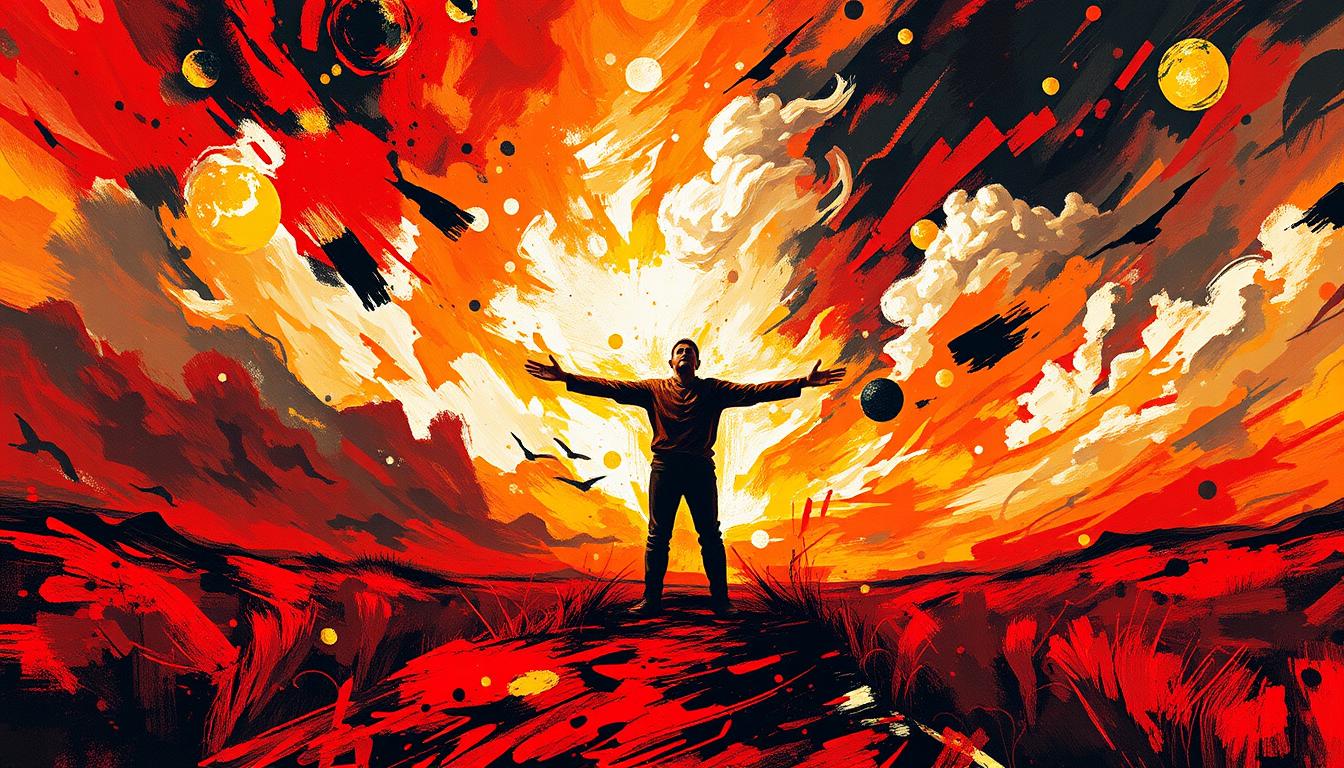
Emotional Intensity Through Color and Form
Expressionist artists achieved emotional intensity through their innovative use of color and form. By distorting reality and employing bold, vivid colors, they were able to convey complex inner experiences. This approach not only reflected the artists' emotional states but also invited viewers to engage with the artwork on a deeper, more personal level.
| Artist | Notable Work | Characteristics |
|---|---|---|
| Ernst Ludwig Kirchner | Five Women at the Street | Vibrant colors, distorted forms |
| Erich Heckel | The Glassmaker | Bold brushwork, emotional intensity |
Expressionism's Impact on Creative Freedom
The Expressionist movement significantly expanded the boundaries of creative freedom. By prioritizing emotional expression over representational accuracy, artists were able to explore new modes of artistic expression. This shift not only influenced subsequent art movements but also continues to inspire artists today.
Surrealism and the Exploration of the Unconscious
The Surrealist movement delved into the realm of the unconscious, challenging rational thought and embracing the world of dreams. This art movement, emerging in the early 20th century, sought to revolutionize the way people think about creativity and the human mind.
Dream Imagery and Automatic Techniques
Surrealist artists employed dream imagery and automatic techniques to tap into their unconscious mind. By doing so, they aimed to unlock new sources of inspiration and create novel, unexpected works of art. Automatic drawing, for instance, allowed artists to create without conscious thought, revealing hidden aspects of their psyche.
Salvador Dalí and René Magritte's Iconic Works
Artists like Salvador Dalí and René Magritte became synonymous with Surrealism. Dalí's "The Persistence of Memory" with its melting clocks, and Magritte's "The Treachery of Images" with its pipe and the caption "Ceci n'est pas une pipe," are iconic examples of Surrealist art. These works not only showcased the artists' technical skill but also their ability to challenge perceptions.
How Surrealism Expanded the Boundaries of Creativity
Surrealism significantly expanded the boundaries of creativity by introducing new techniques and perspectives. It encouraged artists to explore their subconscious, leading to innovative and often provocative works. The movement's emphasis on the irrational and the unknown opened up fresh avenues for artistic expression.
| Artist | Notable Work | Contribution to Surrealism |
|---|---|---|
| Salvador Dalí | The Persistence of Memory | Introduced dream-like imagery |
| René Magritte | The Treachery of Images | Challenged perceptions with witty captions |
From Realism to Abstraction: How Variety in Art Shapes Creativity
Artistic diversity, spanning from realistic representations to abstract expressions, plays a pivotal role in shaping our creative capacities. The transition from realism to abstraction in art history has not only reflected the evolution of human perception but has also significantly influenced our cognitive and creative abilities.
The Cognitive Benefits of Engaging with Multiple Art Styles
Engaging with a wide range of art styles enhances our cognitive flexibility. By appreciating the meticulous detail of realist art and the expressive freedom of abstract art, individuals can develop a more nuanced understanding of different creative approaches. This exposure can foster a more adaptable mindset, beneficial in various aspects of life and problem-solving.
How Artistic Diversity Enhances Problem-Solving Skills
Artistic diversity provides a rich source of inspiration for problem-solving. The varied techniques and perspectives found across different art styles can stimulate innovative thinking. For instance, the structured approach of realist art can complement the intuitive nature of abstract art, together enhancing an individual's ability to tackle complex problems from multiple angles.
| Art Style | Cognitive Benefit | Problem-Solving Enhancement |
|---|---|---|
| Realism | Attention to detail, precision | Structured problem analysis |
| Abstraction | Creative freedom, intuition | Innovative, outside-the-box thinking |
| Mixed Styles | Cognitive flexibility, adaptability | Comprehensive problem-solving approach |
The Neurological Impact of Visual Variety on Creative Thinking
The variety in visual art stimulates the brain's creative centers, promoting innovative thinking. Exposure to diverse art styles can activate different neural pathways, enhancing the brain's ability to form new connections and think creatively.
In conclusion, the variety in art, from realism to abstraction, not only enriches our cultural heritage but also significantly contributes to our creative development. By embracing and engaging with diverse art styles, we can enhance our cognitive abilities, improve our problem-solving skills, and foster a more innovative and creative mindset.
Abstract Expressionism and the Freedom of Gesture
With its roots in the post-war era, Abstract Expressionism became a pivotal movement that liberated artists from traditional techniques. This art movement emphasized the process of creating art, focusing on the expressive qualities of the artwork rather than its representational content.
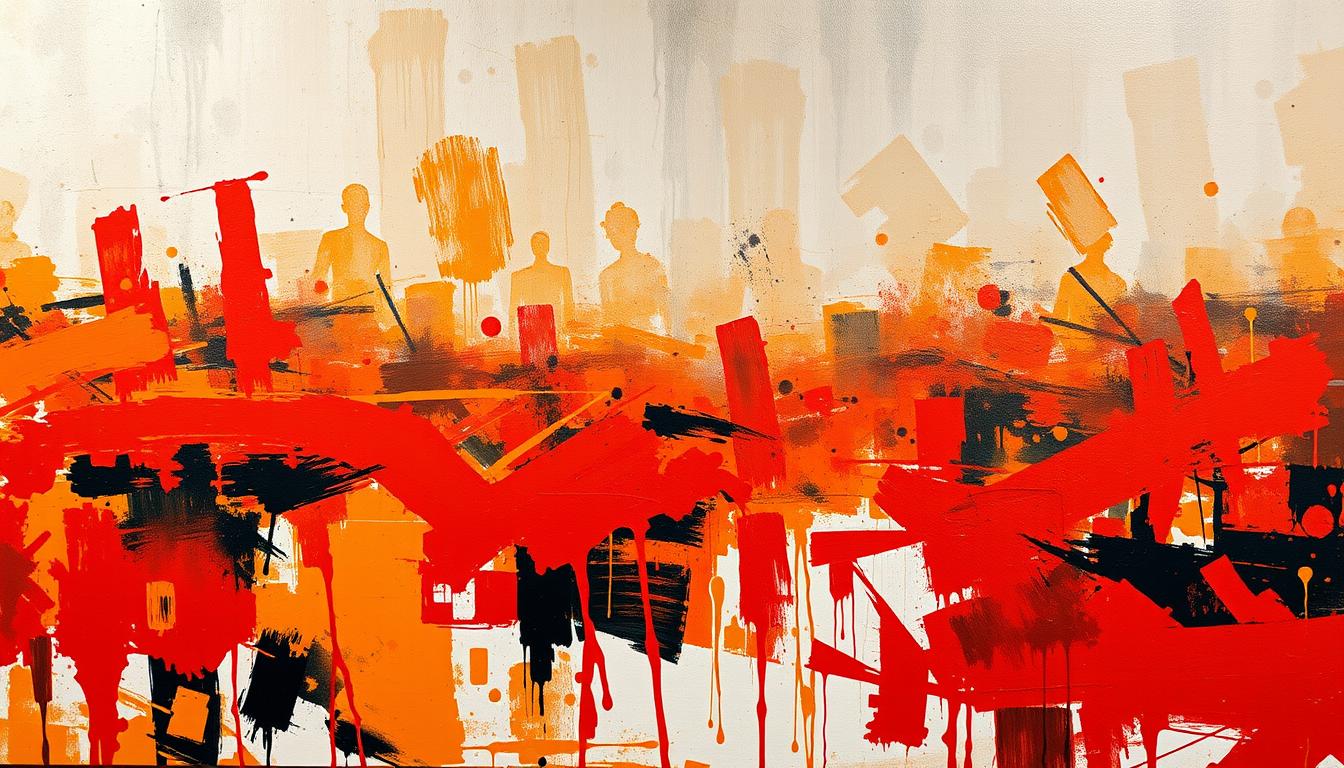
Action Painting and Color Field Approaches
Abstract Expressionism branched out into two main approaches: Action Painting and Color Field painting. Action Painting, characterized by dynamic and spontaneous gestures, was epitomized by artists like Jackson Pollock, who dripped and splattered paint onto a canvas laid flat on the floor. In contrast, Color Field painting involved applying large areas of color to the canvas, creating a immersive experience, as seen in the works of Mark Rothko.
Jackson Pollock and Mark Rothko's Revolutionary Techniques
Jackson Pollock's technique of dripping paint allowed for a new level of spontaneity and unpredictability in art, while Mark Rothko's Color Field paintings explored the emotional potential of color. Both artists pushed the boundaries of what was considered "art," expanding the definition of creative expression.
Abstraction as the Ultimate Creative Liberation
The key characteristics of Abstract Expressionism include:
- Emphasis on the process of creating art
- Use of gesture and abstraction
- Exploration of new techniques and materials
Abstract Expressionism represented the ultimate creative liberation, as it freed artists from the constraints of representational art and allowed them to explore new modes of expression. This movement not only influenced the development of modern art but also continues to inspire artists today.
Contemporary Artists Blending Multiple Styles
In the contemporary art world, artists like Gerhard Richter and Yayoi Kusama are redefining the notion of style by combining different artistic approaches. This blending of styles is not just a hallmark of modern art; it's a reflection of the artists' ability to adapt and evolve.
Gerhard Richter's Movement Between Realism and Abstraction
Gerhard Richter is renowned for his versatility in switching between realistic and abstract styles. His photo-paintings, characterized by their photorealistic detail, stand alongside abstract works that explore the possibilities of color and texture. Richter's ability to move between these styles has kept his work fresh and engaging, challenging the viewer to consider the very nature of art.
Yayoi Kusama's Immersive Artistic Universe
Yayoi Kusama, on the other hand, has created an immersive universe that blends installation, sculpture, and performance art. Her use of repetitive patterns and vibrant colors has captivated audiences worldwide. Kusama's work is a testament to the power of style-shifting, as she seamlessly merges different artistic disciplines to create an experiential art environment.
How Style-Shifting Enhances Creative Development
The ability to shift between different styles enhances an artist's creative development by encouraging experimentation and innovation. By embracing multiple styles, artists can break free from the constraints of a single approach, leading to new insights and artistic breakthroughs. This style-shifting is a key factor in the ongoing evolution of contemporary art, allowing artists to stay dynamic and responsive to changing cultural landscapes.
Practical Applications: How Artistic Variety Fuels Innovation
Artistic variety is not just aesthetically pleasing; it's a catalyst for innovation in multiple fields. By embracing diverse art styles, individuals and organizations can unlock new creative potential.
Cross-Disciplinary Inspiration in Design and Technology
The influence of artistic variety can be seen in design and technology, where creative solutions often stem from cross-disciplinary inspiration. For instance, the abstract expressionist movement has inspired new approaches in graphic design and digital art.
Designers and technologists who draw from various art styles can create innovative products that are both functional and aesthetically pleasing.
Art Education and the Development of Creative Thinking
Art education plays a crucial role in fostering creative thinking. By exposing students to a wide range of artistic styles, art programs can help develop their ability to think outside the box and approach problems from different angles.
"The main goal of education is to create a sense of wonder and curiosity in students, and art is a powerful tool for achieving this."
Exercises for Expanding Your Creative Repertoire
To expand your creative repertoire, try the following exercises:
- Experiment with different art styles, from realism to abstraction.
- Engage in cross-disciplinary projects that combine art with technology or design.
- Practice drawing or painting using unconventional tools or techniques.
By incorporating these practices into your routine, you can enhance your creative thinking and develop innovative solutions.
The Endless Cycle of Artistic Innovation
The journey from realism to abstraction is a testament to the dynamic and ever-evolving nature of art, fueling an endless cycle of artistic innovation. As we've explored, various art movements have not only reflected the cultural and societal contexts of their times but have also pushed the boundaries of creative expression.
By embracing the diversity of art styles, from the representational to the abstract, artists and art enthusiasts alike can tap into a rich source of inspiration, fostering a deeper understanding of the creative cycle. This cycle, in turn, drives artistic innovation, encouraging experimentation and the development of new techniques.
As we continue to navigate the complex and multifaceted world of art, it's clear that the interplay between different styles and movements will remain a vital force in shaping our understanding of creativity and artistic expression. By celebrating this diversity, we can ensure that the cycle of artistic innovation remains vibrant and unbroken.
FAQ
What is the significance of variety in artistic expression?
Variety in artistic expression is crucial as it allows artists to explore different styles, techniques, and mediums, ultimately shaping their creativity and contributing to the evolution of art.
How did realism influence the development of modern art?
Realism played a significant role in the development of modern art by challenging traditional artistic conventions and paving the way for future innovations, such as impressionism and abstraction.
What is the difference between impressionism and post-impressionism?
Impressionism focused on capturing light and color, while post-impressionism emphasized individual expressions and distorted forms, laying the groundwork for modern art movements like expressionism and cubism.
How did cubism revolutionize the art world?
Cubism, pioneered by Picasso and Braque, revolutionized the art world by introducing multiple perspectives and geometric abstraction, requiring a cognitive shift in how art was created and appreciated.
What is the role of abstract expressionism in the history of art?
Abstract expressionism, characterized by action painting and color field approaches, represented a significant turning point in the history of art, as it embodied the ultimate creative liberation and paved the way for contemporary art.
How do contemporary artists blend multiple styles, and what are the benefits?
Contemporary artists like Gerhard Richter and Yayoi Kusama blend multiple styles, enhancing their creative development and contributing to the ongoing evolution of art, as style-shifting allows for new forms of expression and innovation.
What are the practical applications of artistic variety in fueling innovation?
Artistic variety fuels innovation by providing cross-disciplinary inspiration in design and technology, developing creative thinking through art education, and offering exercises for expanding one's creative repertoire.
How does engaging with multiple art styles impact cognitive abilities?
Engaging with multiple art styles has cognitive benefits, as it enhances problem-solving skills, promotes creative thinking, and has a neurological impact on visual processing, ultimately shaping an individual's creative potential.
previous
Discover the Transformative Power of Prayer
next
Psychology Facts for Students: Learn How the Brain Shapes Behaviour
Share this

Sara Srifi
Sara is a Software Engineering and Business student with a passion for astronomy, cultural studies, and human-centered storytelling. She explores the quiet intersections between science, identity, and imagination, reflecting on how space, art, and society shape the way we understand ourselves and the world around us. Her writing draws on curiosity and lived experience to bridge disciplines and spark dialogue across cultures.
More Articles

The Digital Convergence: When Images Became Everything, Everywhere, All at Once
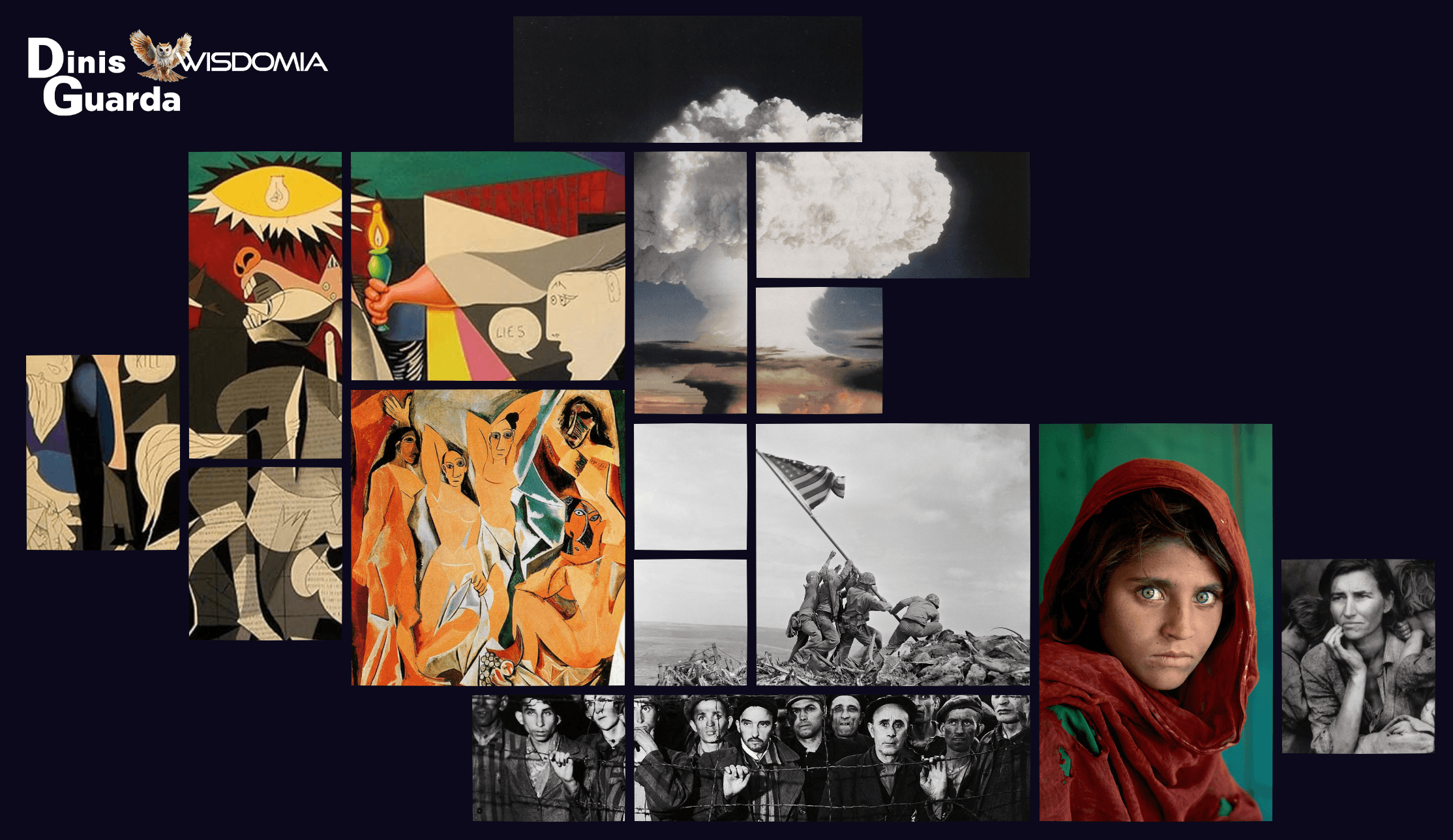
Modern Revolutions and the Digital Explosion: Images That Shattered and Rebuilt Reality
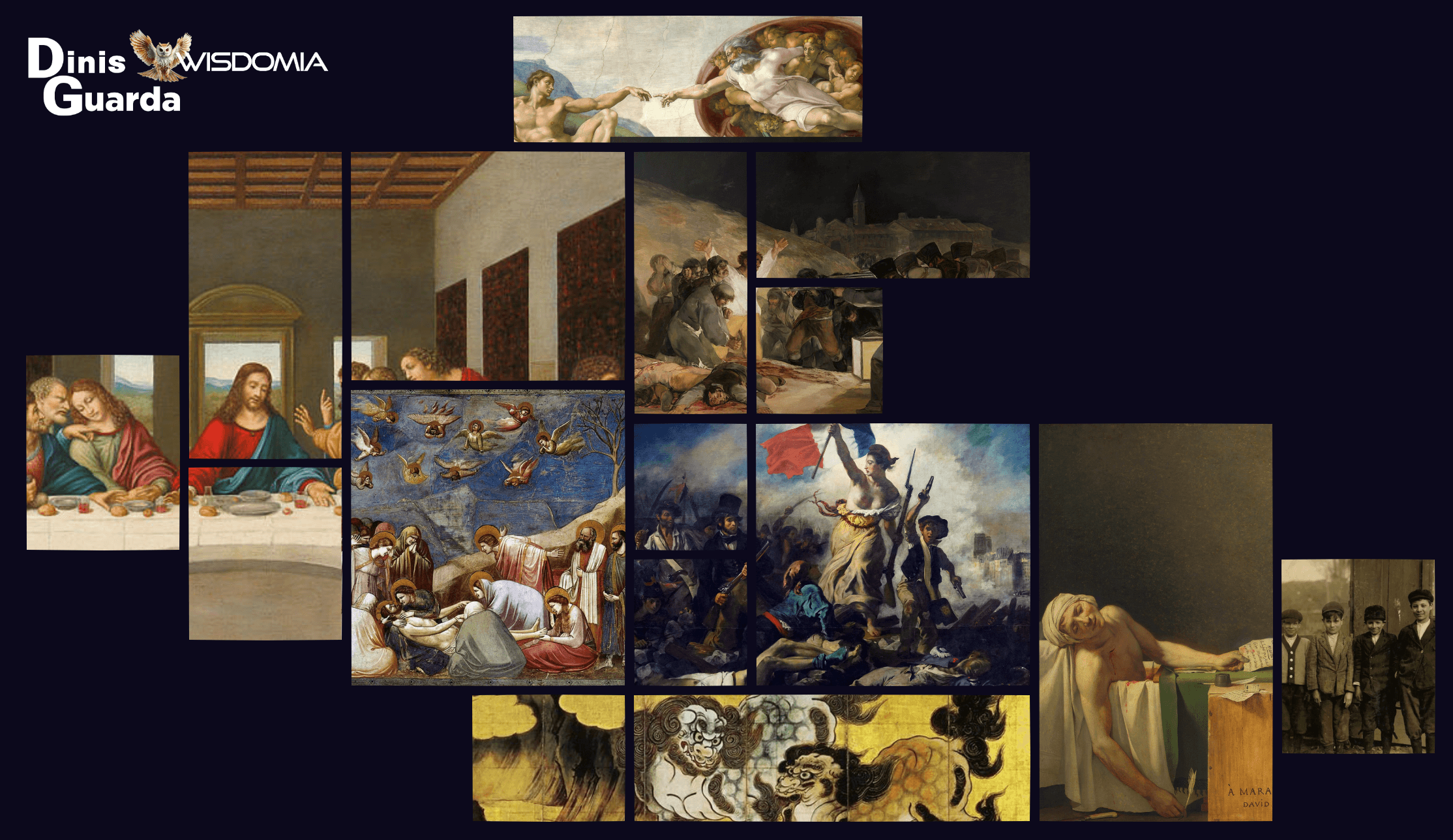
Renaissance Humanism and the Birth of the Modern Gaze: Images That Taught Us to See Ourselves
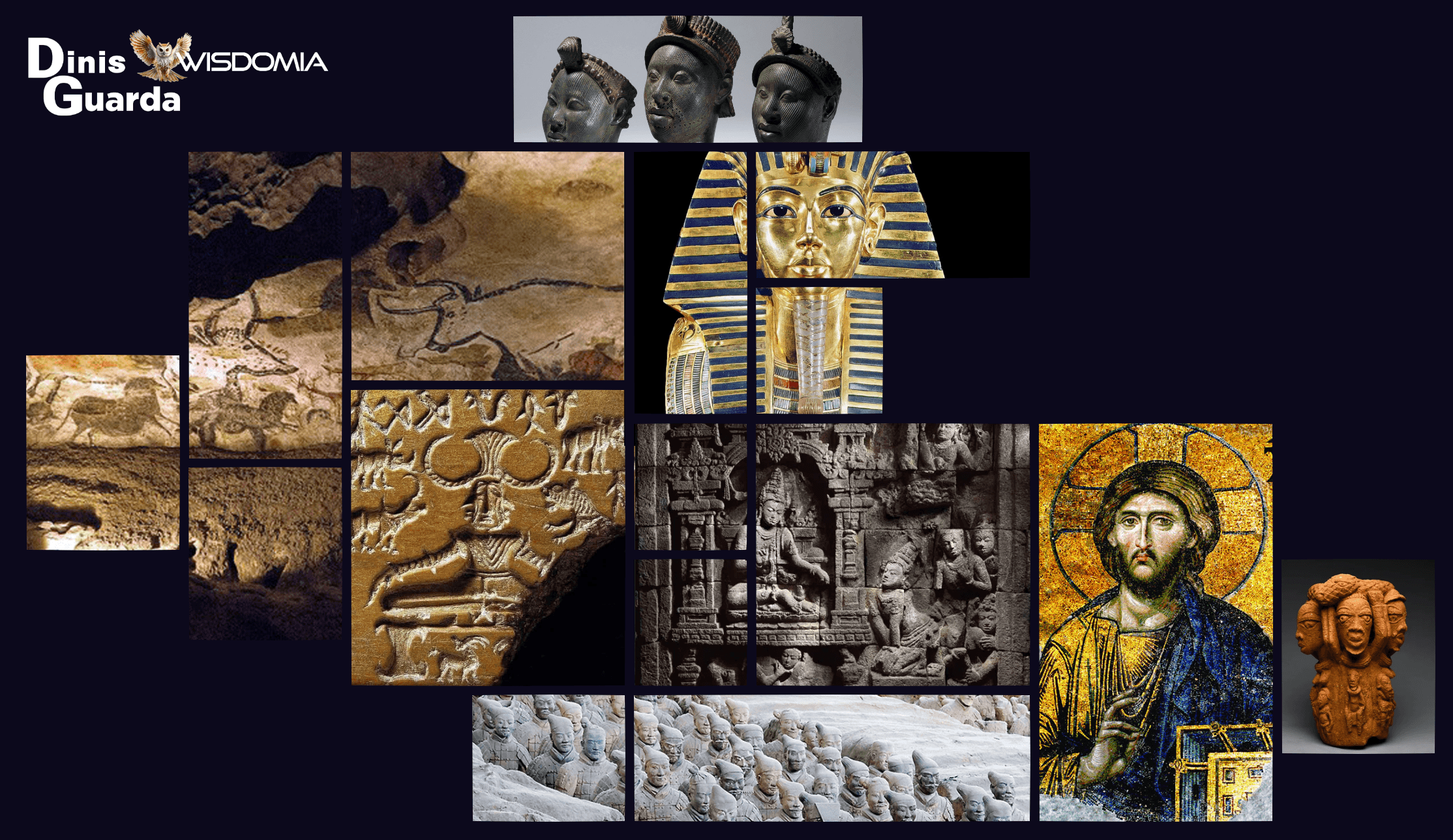
When Vision Becomes Destiny: The First 25 Images That Shaped Human Consciousness

What a Small Indian Village Teaches the World About Sustainability





